Bioethics Forum Essay
My Mom’s Myeloma and the Fire-Breathing Chimaera
In the weeks leading up to Halloween last year, I cut bones out of colorful construction paper, stringing them onto a garland. This decor–more enlivening than macabre–was in honor of my mom’s upcoming bone marrow transplant.
My mom was diagnosed with multiple myeloma in 2007 after a routine blood draw at her annual physical returned abnormal results. Then 41 years old with a flourishing career and three young daughters, my mom decided not to disclose her diagnosis–to us or, for the most part, anyone else. Instead, she enrolled in a Dana Farber clinical trial for individuals newly diagnosed with multiple myeloma. Lenalidomide, a once-daily pill, successfully managed her multiple myeloma for 15 years. However, in December 2021, the lenalidomide stopped working, and my mom’s condition worsened.
I cannot attribute my interest in pursuing a career in medicine to having been raised (albeit unknowingly) with a parent with cancer. By the time my mom shared her diagnosis with me and my sisters in December 2021, I had already completed the majority of the pre-medical school requirements and was just months from graduating from college. But as my mom’s bone marrow transplant approached, I accompanied her to many doctor’s appointments, reading about autologous stem cell transplants and translating medical jargon into digestible–if not palatable–information on ports and chemotherapy. The night before my mom was admitted to the hospital, we congregated in her bathroom, where I ceremoniously shaved her head. The next day, the transplant went off without a hitch.
My mom was discharged from the hospital in under three weeks. A longtime critic of loungewear, she quickly discarded her hospital pajamas in favor of her worn skinny jeans, which now hung loosely on her thin frame. However, despite the initial success of the transplant, the road to recovery proved long and challenging. My mom was easily fatigued and neutropenic, at an increased risk for severe infection. My parents slept in separate rooms, and we abandoned our nightly family dinners, the slight buzz of the HEPA filter background noise to our masked conversations.
With the spring came regrowth: my mom’s red blood cell count rose, and tufts of dark hair curled beneath her wig, emerging around her ears. But so, too, did a tumor in her jaw grow, disguised at first as a persistent toothache before appearing as a globular mass tucked beneath her chin. After steroid treatments and targeted radiation, the tumor shrunk. However, this past June, my mom was informed that her condition now required CAR T-cell therapy, a fifth-line intervention for multiple myeloma.
I am, on the one hand, grateful for the excellent medical care she has received through a cutting-edge clinical trial at outstanding academic institutions. On the other hand, however, I struggle to understand why she will require another in-patient treatment just under a year after her seemingly successful bone marrow transplant, which, itself, was not without complications.
The high-dose chemotherapy wiped out her immune system just as Covid and RSV rates surged, and on Thanksgiving Day, just 33 days after her transplant, my mom spiked a fever of 101.2 degrees. The following Monday, she underwent a battery of tests to determine the cause of her fever. The culprit was campylobacter, a bacteria carried by undercooked poultry, which we promptly attributed to my dad’s failures in the kitchen. And while my mom recovered quickly with antibiotics, we were reminded of the risks she faced because of her compromised and vulnerable immune system.
At a recent appointment, my mom’s oncologist, who has watched me grow from a first grader to an aspiring physician, explained that the Food and Drug Administration recently approved two CAR T-cell therapies for relapsed and refractory multiple myeloma. Its prefix, CAR, is an acronym for chimeric antigen receptor. I soon learned that “chimeric” originates in Greek mythology’s three-headed monster, Chimaera: “One indeed of a grim-visaged lion, one of a goat, and another of a serpent, a fierce dragon; in front a lion, a dragon behind, and in the midst a goat; breathing forth the dread strength of burning fire.” The description was hard to ascribe to turbo-charged T-cells, but the literary definition of chimerical–“the product of unchecked imagination” – fit science and medicine to a T.
To engineer T-cells to recognize and attack surface proteins on cancerous cells is undeniably a feat of the imagination. And the clinical trial results appear nothing short of miraculous. In contrast with existing treatments, nearly 80% of patients, who had already undergone several unsuccessful treatments, exhibited a complete response. So, I wondered aloud, why did my mom not receive this therapy last year instead of the bone marrow transplant? Why did she have to wait?
My mom’s oncologist replied that bone marrow transplants remain the gold standard for patients with multiple myeloma. The reason, he explained, is twofold. Firstly, many patients with multiple myeloma demonstrate a sustained response to bone marrow transplants and physicians cannot predict who will only have a short-lived effect, like my mom. The second, he acknowledged, is the lack of long-term data. The use of CAR T-cell therapy in patients with multiple myeloma is relatively recent, and, therefore, only time will tell if the treatment’s effect is sustained. So, current eligibility for CAR T-cell therapy requires that patients have previously attempted at least four modes of treatment with three classes of drugs: immunomodulating agents; proteasome inhibitors; and anti-CD38 monoclonal antibodies. In the aggregate, these criteria mean that less than 10% of patients newly diagnosed with multiple myeloma will survive long enough to get CAR T-cell therapy.
Just one month ago, my mom received an intravenous infusion of CAR T-cells, which have become mythical creatures in my imagination. As I write, I envision them circulating in her bloodstream, adopting the features of a lion, a goat, a serpent, and a dragon. With beady eyes and menacing grins, their forked tongues hiss at my mom’s myeloma plasma cells. They are fire-breathing chimeras ready for battle. I wish these beastly T-cells well.
Acknowledgements: I would like to acknowledge my mom for granting me permission to share her story, her oncologist for his outstanding care, and Dr. Joseph J. Fins for his editorial guidance.
Kaiulani S. Shulman is a research assistant in the Division of Medical Ethics at Weill Cornell Medicine.


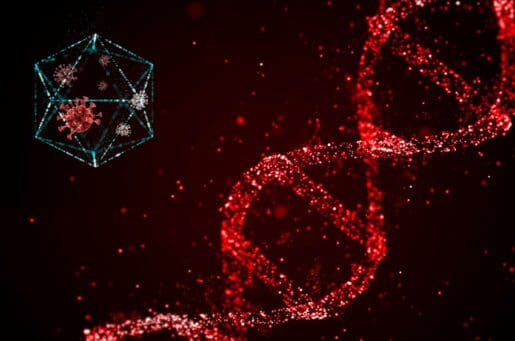
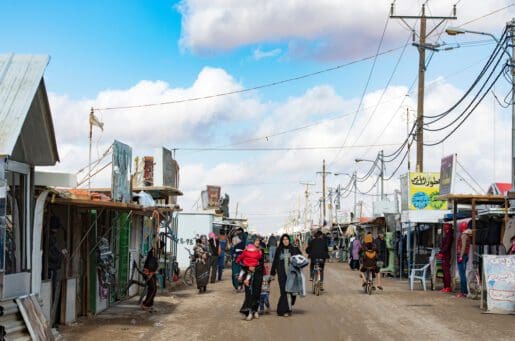

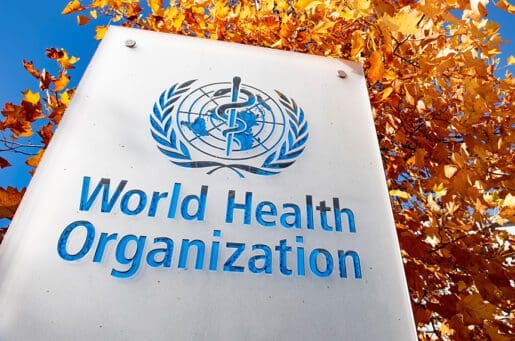
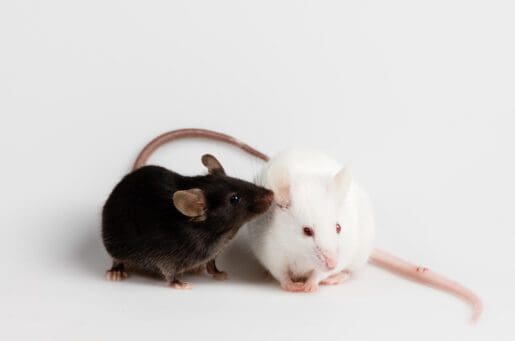

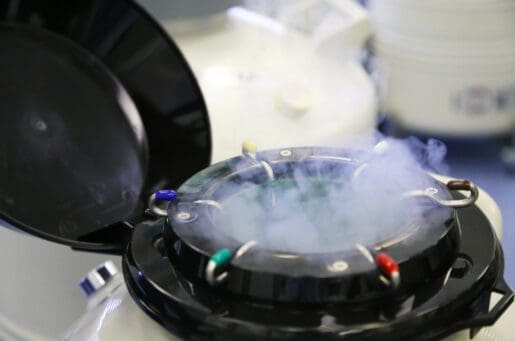




As a cancer survivor, it is really upsetting to read that a patient must first go through four failed treatment attempts in order to be given a treatment that has shown to be extremely effective in clinical trials, especially when less than 10% of newly diagnosed patients with multiple myeloma will live long enough to qualify. While I understand the hesitancy around a newer treatment with less long-term data, I believe a patient should have more of a choice with which treatment to undergo, rather than having to meet certain qualifications if the drug is already FDA approved.
After further research, I found that it can take around 6 weeks for CAR-T cells to be manufactured and tailored to a specific patient, meaning that a patient could die in that time period or become ineligible for the treatment because of declining health. This could be avoided by patients not having to fail four other treatments before being eligible to receive CAR-T cell therapy. Further, cancer treatment takes an incredible toll on the body and in particular, the immune system. Having to undergo four debilitating treatments before being able to receive a drug with highly promising results is both physically and emotionally taxing. Some doctors speculate that patients who receive CAR-T cell therapy before undergoing other treatment options might respond better because they will have stronger immune systems and will not have cancer cells that are treatment-resistant.
The qualifications required for clinical trials or to access new drugs can stand as a huge barrier to cancer patients and patients with rare diseases. While I understand these qualifications are necessary for a successful clinical trial and to ensure patients are good candidates for new drugs, sometimes this criteria can be painfully limiting. Some might argue new compassionate use laws are increasing access to drugs outside of clinical trials or FDA approval, but there are still barriers because a patient might not be considered sick enough or the drug manufacturer might not want to provide the drug (and by law they are not required to supply an unapproved drug). Further, patients only qualify for Expanded Access Programs if there are no other treatment options left, meaning that a multiple myeloma patient who has only undergone two treatments but wants to receive CAR-T cell therapy would not qualify for the clinical trial nor for Expanded Access Programs. Since compassionate use laws are for access to non-FDA approved drugs, it is unclear whether a patient could even attempt to use compassionate use laws to access an FDA-approved drug for which they do not qualify.
While I am incredibly grateful for and in awe of recent innovation and progress in cancer treatment, there needs to be a stronger emphasis on increasing accessibility of these drugs to patients. I don’t think it is fair to use “lack of long-term data” as an argument for patients needing to be sick enough to fail four lines of treatment before qualifying for CAR-T cell therapy. Similar to an argument used in the case of Abigail Alliance v. Von Eschenbach, if patients have the right to forgo life-sustaining treatment, shouldn’t they also have the right to undergo treatment with unknown long-term risks? CAR-T cell therapy is truly changing the landscape of blood cancer treatment and I feel passionately that patients should have earlier access to this already FDA-approved drug.